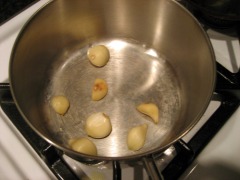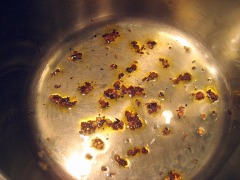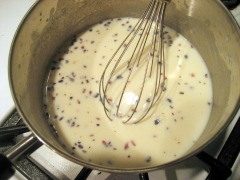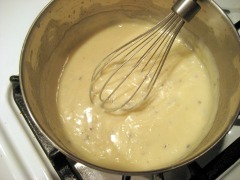Nothing causes me more dread than going to the DMV in a new state to change my car registration and driver’s license. I’ve only done it 3 times, but I hate it so much I once waited until my previous registration had expired and I got a ticket before finally making the trip. I’d rather go to the dentist than the DMV any day of the week. Here in Texas though, that feeling of dread only doubled because instead of going to the DMV, you have to go to the County Tax Assessors and the Department of Public Safety. Who created this ridiculous process of needing to visit 2 agencies to finalize residnecy, made all the more difficult when neither is open on the after 5pm or on the weekend?! How does the state expect a new resident, who probably has no vacation time yet, to get your car registered within 30 days when they can only go during work hours! Clearly, this was not a task I was looking forward to completing.
Lucky for me, my new company’s leave policies are pretty generous, and I was able to use a vacation day within a month of starting. So I took Friday off, woke up at 6, and was in line at the County Tax Assessor’s office 10 minutes before it opened – sans coffee or breakfast. Despite the byzantine process required for residency, I was in and out of both offices by 8:30, under an hour. I was amazed at the speed and efficiency of the individuals who helped me. Pleasantly surprised, I decided to celebrate my success, and fill my growling tummy, with breakfast tacos – like the real Austinite I had just become.
I stopped at Taco Deli on the way home and ordered the Otto and the Jess Special tacos. While waiting, I collected several salsas from the bar, including something they called Doña sauce, a bright green creamy sauce. Back at home, I liberally spread the jalepeño-based sauce on my taco, took a bite, and added more sauce. This stuff was amazing, addictive even, and I knew I needed to put it on everything in site. I only had a small container full, and needed to figure out how to get more. Raiding Taco Deli seemed ill advised, so I clearly needed to recreate it at home.
The sauce is a deceptively simple combination of jalepeños and garlic, oil, and salt and pepper. Similar recipes boiled the peppers and left the garlic raw, but I was nervous about the over powering flavor of raw garlic, so I decided to roast the them together and pureed them until smooth- although next time I might try smoking them with mesquite wood for a deeper flavor. It’s an easy, straight-forward recipe that leaves plenty of room for additional creativity for those so inclined.
Creamy Garlic Jalapeño Sauce
1 pound jalapeños
2 heads of garlic
⅓ cup virgin olive oil
salt & pepper
1) Place a large cast iron pan or griddle in the oven and pre-heat to 325ºF. While the oven pre-heats, separate the garlic, leaving the thin papery cover on the cloves. You’ll need about 12 large and x-large cloves of garlic. Any cloves that are too small will burn and be unusable.
2) Toss the garlic cloves and jalapeños with a drizzle of olive oil and put in the oven on the pre-heated cast iron. Roast for about 40-45 minutes until the garlic and jalapeños are soft. Stir at ⅓ and ⅔ of the way through.
3) Once the garlic and jalapeños have finished roasting, place them into plastic container or plastic bag and seal tightly. Let sit for 15-20 minutes, until everything is cool enough to handle.
4) Carefully remove the skin from the jalapeños. Slice the skinless jalapeño open and scrape out the seeds. Toss the seeded and skinned jalapeños into a blender or food processor with the peeled roasted garlic cloves.
5) Turn on the blender on puree and slowly drizzle the oil into the blender, add about a 1½ teaspoons of salt and a teaspoon of black pepper and blend for an addition 30 seconds.
6) Once the sauce is complete, you can store it in the fridge in a squeeze bottle for months – if you don’t finish it first. It is wonderful on fried avocados, baked salmon, nachos, and – of course – tacos, like Ruth’s shrimp tacos. Shake vigorously between uses, as minor separation may occur.
































































































